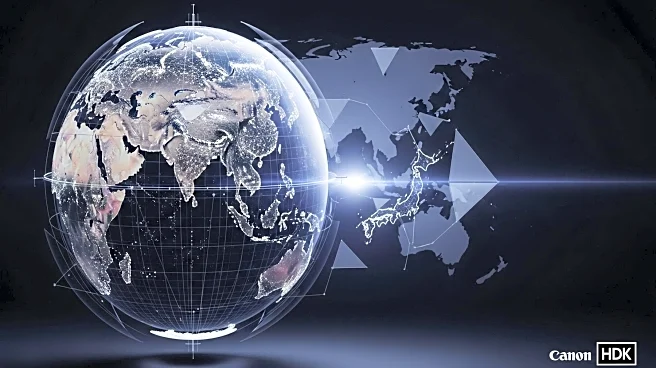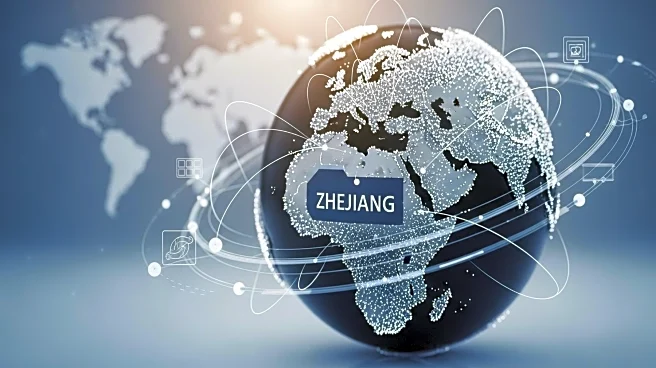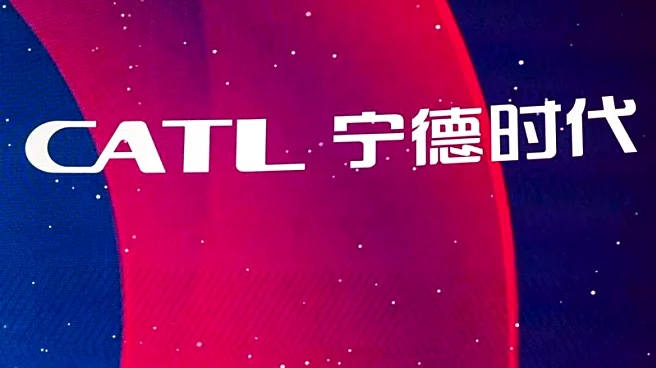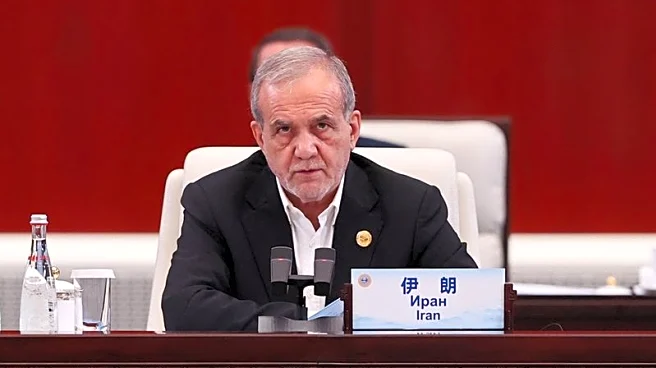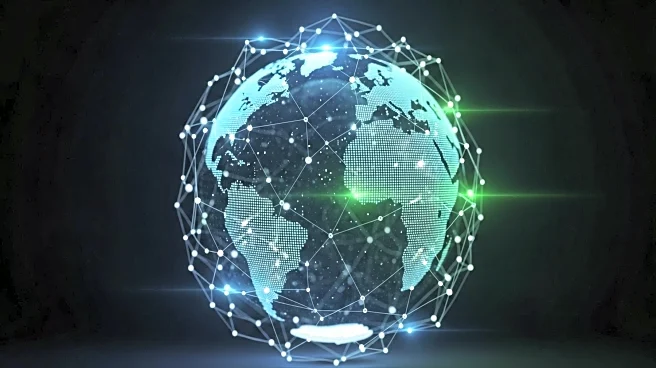What's Happening?
Global New Material International Holdings Limited has completed a significant acquisition of the global Surface Solutions business from Merck KGaA, marking a €665 million cross-border transaction. This acquisition is the largest in China's pearlescent materials industry and signifies a strategic move for Zhejiang-based companies to integrate deeply into the global industrial chain. The ceremony in Hangzhou highlighted the company's philosophy of 'Driven with Technology, Growing with the World,' showcasing a digital map lighting segment that connected China, Germany, and other Asia-Pacific business hubs. The acquisition aims to integrate German technology with China's market and Asia-Pacific manufacturing efficiency, establishing a global operations model.
Why It's Important?
This acquisition represents a pivotal shift for Chinese companies from being technology followers to value co-creators, enhancing their role in the global value ecosystem. It underscores the strategic importance of cross-border transactions in acquiring critical technologies and expanding market networks. The move is expected to bolster China's materials industry, positioning it as a leader in technology integration and strategic upgrading. The acquisition also reflects the broader trend of Chinese companies pursuing systemic globalization, driven by capital, technology, and branding, which could reshape global industrial dynamics.
What's Next?
Global New Material International plans to continue its global integration journey, building a supply chain network with Europe as the technology hub and Asia-Pacific as the efficiency center. The company aims to create a 'China-Europe dual engine with Asia-Pacific synergy,' further expanding its influence and operations. This strategic blueprint may lead to increased collaborations and partnerships across borders, enhancing the company's global footprint and technological capabilities.
Beyond the Headlines
The acquisition highlights the evolving role of Chinese companies in setting global standards, moving beyond mere participation in globalization. It reflects a shift towards building innovation ecosystems that transcend cultures and geographies, fostering multi-cultural exchange and multi-market advancement. This development could lead to long-term shifts in global industrial practices and collaborations, emphasizing the importance of technology-driven synergies.
